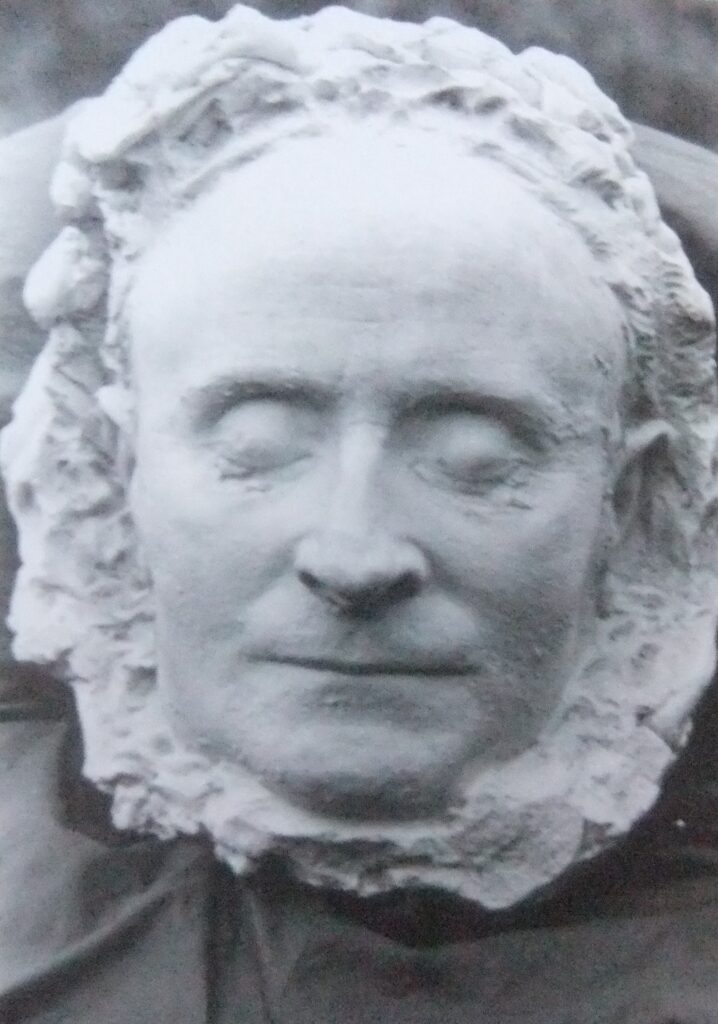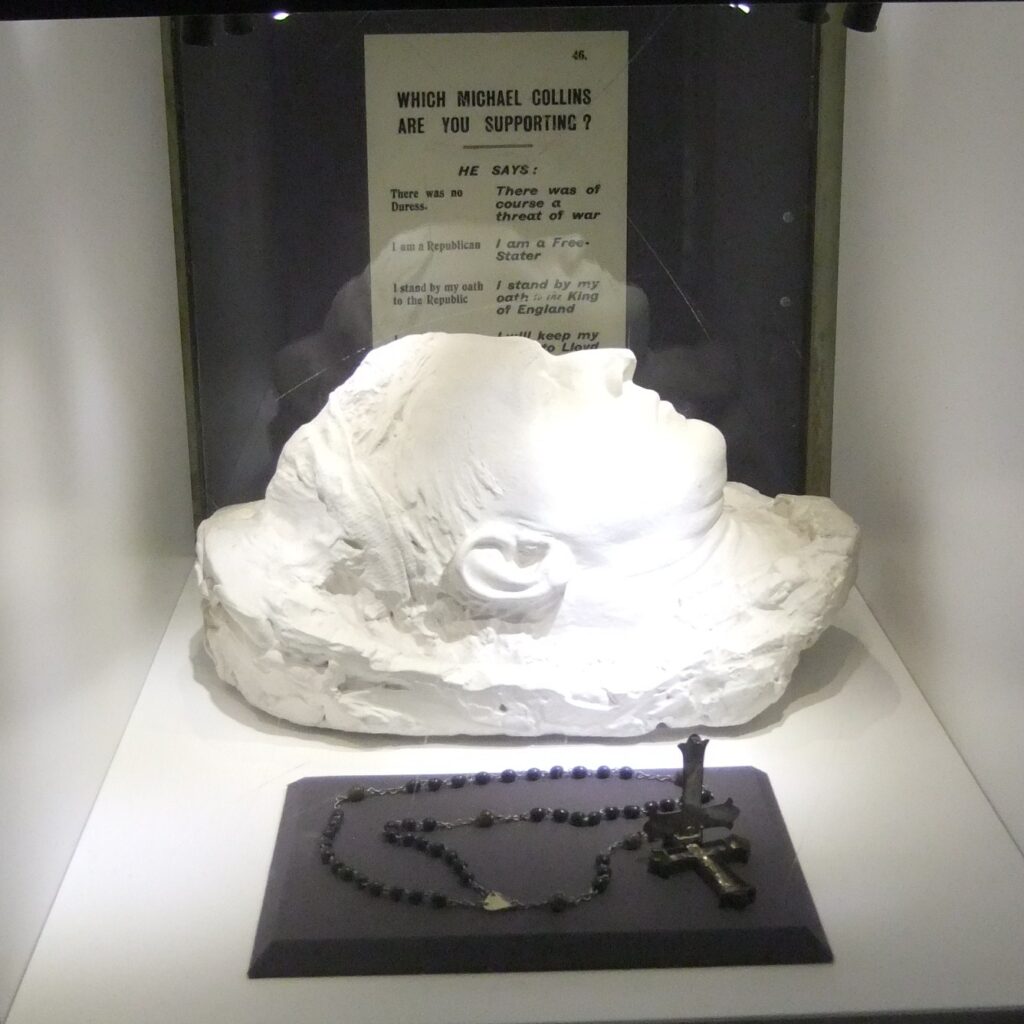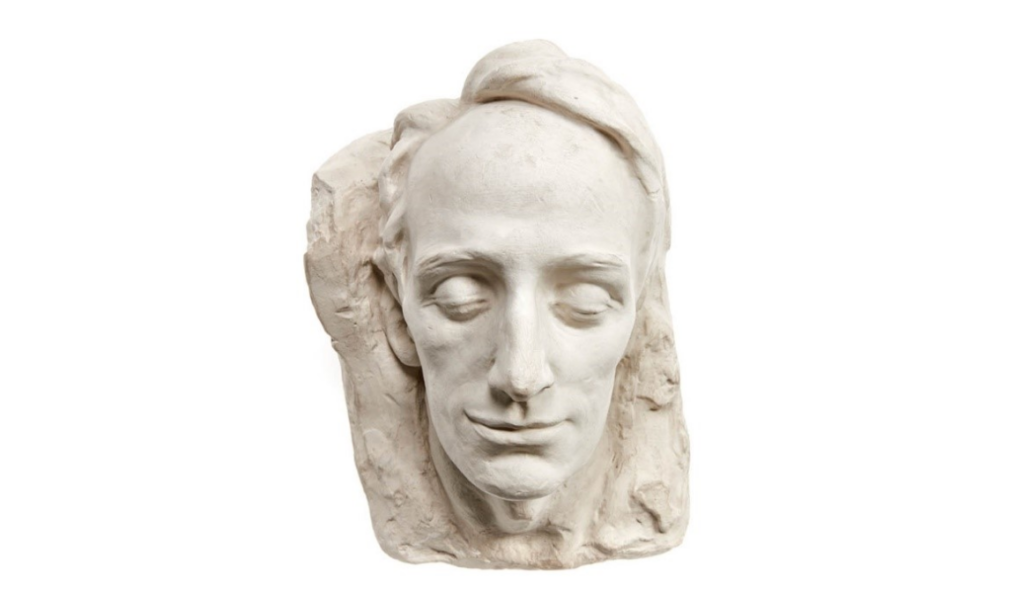

Throughout Albert’s Life he was called upon from time to time to come to an official government Buildings. To create many Death Masks of Prominent Irish 1916 leaders. The following are a collection of Deaths created for suit occasions.

Albert G. Power: Preserving Eternity in Death Masks
Albert G. Power, an eminent Irish sculptor renowned for fusing traditional Irish motifs with contemporary sensibilities, made significant contributions beyond statues and monuments. Among his lesser-known yet profoundly impactful works are his collection of death masks, which immortalized the features of some of Ireland’s most significant historical figures.
The Art of the Death Mask:
The practice of creating death masks dates back to ancient times and was a method to preserve the final facial expressions of the deceased. These masks, often made of plaster or wax, served as keepsakes, mementos for posterity, and, in some cases, as references for portraits.
Albert G. Power’s Collection:



Albert G. Power’s death masks are not merely plaster representations; they are historical artifacts, capturing moments of profound significance in Irish history. Through these masks, Power has ensured that the legacies of these leaders live on, their features preserved for generations to admire and reflect upon.

This remarkable life mask stands as a poignant testament to the artistry of Albert G. Power, a sculptor renowned for his profound ability to capture the essence of his subjects. Initially crafted in plaster, this life mask served as the prototype for the final marble sculpture, now proudly displayed in the Cork Public Museum. The genesis of this masterpiece can be traced back to a unique commission by the esteemed writer and republican Oliver St. John Gogarty. Intriguingly, the creation of this mask is intertwined with a daring act of subterfuge. Mary MacSwiney, sister of the celebrated Irish figure Terence MacSwiney, orchestrated a clandestine visit for Power to the bedside of the dying man. Under the guise of a relative bidding a final farewell, Power meticulously took measurements of MacSwiney’s face. These precious details were later used to forge the sculpture, a work of art that remained concealed for a time, shrouded in secrecy. Ultimately, it was smuggled with great care to its current home in Cork, where it stands as a moving tribute to a pivotal figure in Irish history.